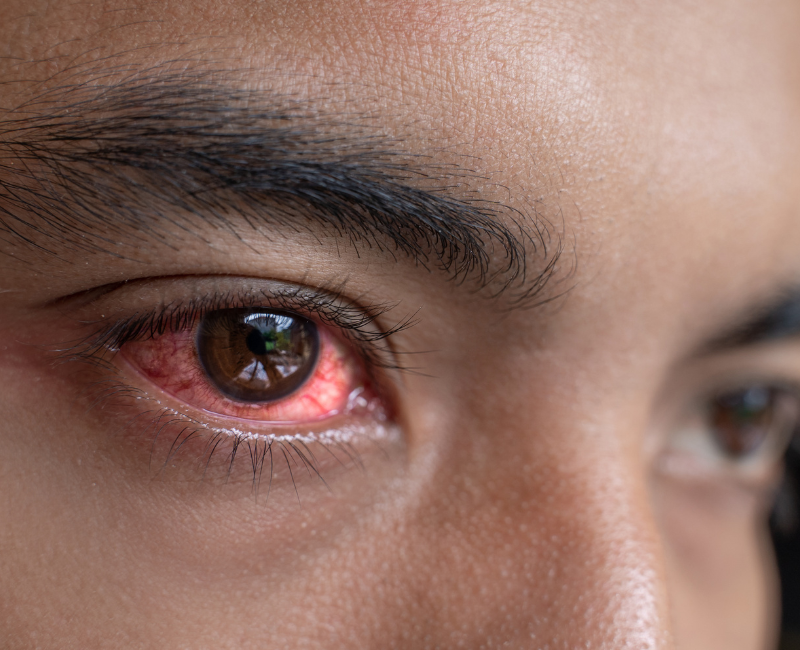We’ve all heard the age-old advice to drink more water for our overall health, but did you know that staying well-hydrated can have a direct impact on your vision too? That’s right, the simple act of drinking water can do wonders for your eyesight. In this blog post, we’ll dive into the fascinating connection between hydration and eye health, shedding light on why keeping your body adequately watered is not just a recommendation, but a vision-boosting necessity.
- The Eye’s Need for Hydration:Our eyes are incredibly complex organs, and like any other part of our body, they require proper hydration to function optimally. The front surface of our eyes is covered by a thin layer of tears, known as the tear film. This tear film is essential for maintaining clear and comfortable vision. When we become dehydrated, the tear film can become unstable, leading to dry eyes and potential vision problems.
- Dry Eyes and Vision Blur:Dehydration can cause your eyes to become dry and irritated. Dry eyes can result in symptoms such as itching, burning, and redness. Moreover, it can lead to blurred vision and difficulty focusing, making daily tasks like reading or working on a computer screen uncomfortable.
- Preventing Eye Fatigue:Proper hydration can help prevent eye fatigue, especially during prolonged screen time. When we don’t drink enough water, our eyes may become strained more quickly, leading to discomfort and reduced visual acuity.
- Maintaining Eye Health:Staying hydrated isn’t just about preventing discomfort; it’s also crucial for long-term eye health. Chronic dehydration can increase the risk of eye conditions like cataracts and glaucoma. Ensuring you drink enough water can contribute to the prevention of these serious eye issues.
- Balancing Tears and Lubrication:Tears are not just for expressing emotions; they are a vital component of your eye’s defense mechanism. Tears help wash away foreign particles and keep the eye’s surface smooth and clear. Staying well-hydrated supports the production of tears, which in turn protects your eyes from potential irritants.
- Tips for Staying Hydrated:To promote eye health and maintain overall well-being, it’s essential to drink an adequate amount of water throughout the day. While individual water needs vary, a general guideline is to aim for at least eight 8-ounce glasses of water daily. Adjust your intake based on your activity level, climate, and personal preferences.
Conclusion:
Your eyes are precious, and caring for them extends beyond just annual check-ups. Staying hydrated is a simple yet often overlooked way to protect and improve your vision. Whether you’re at work, at home, or on the go, make a conscious effort to drink enough water each day. Your eyes will thank you with clear, comfortable, and vibrant vision, ensuring you see the world in all its beauty for years to come. So, raise that glass of water to toast to the health of your eyes – they’re worth it!




